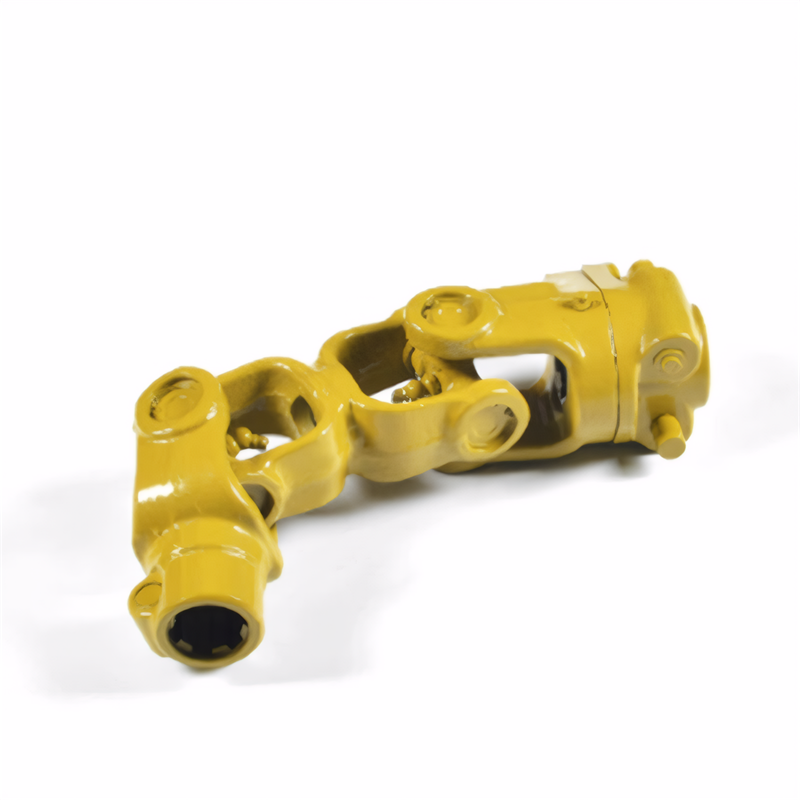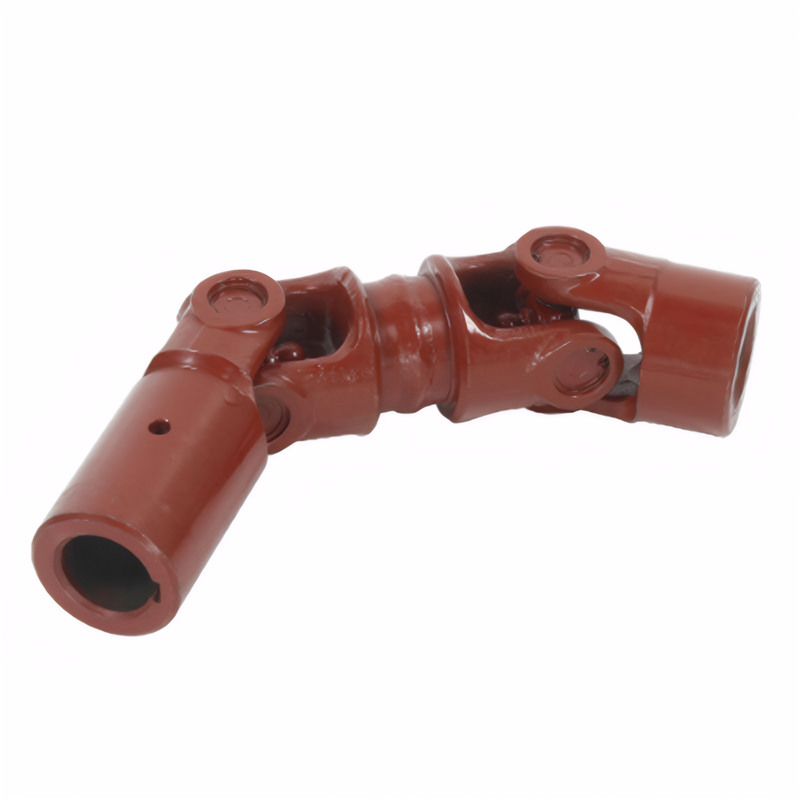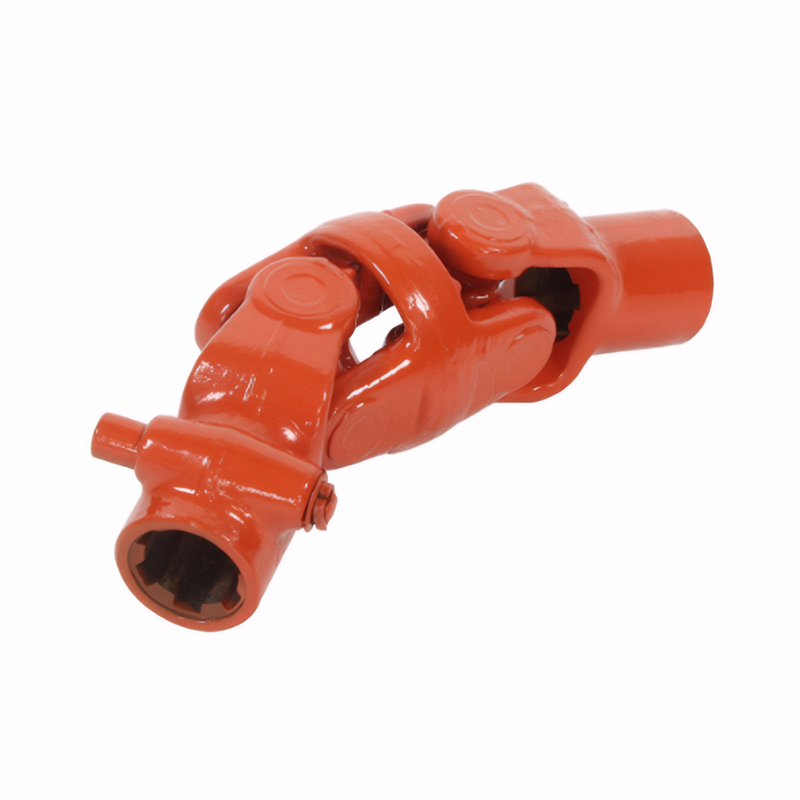The adjustment method for the length of the drive shaft
How to Adjust the Length of a Transmission Shaft
Initial Inspection and Measurement
Conduct a Visual Check
Before making any adjustments to the transmission shaft length, a thorough visual inspection is necessary. Look for any obvious signs of damage, such as cracks, bends, or excessive wear on the shaft surface. These issues can significantly affect the performance and safety of the transmission shaft. If such problems are detected, the shaft may need to be replaced rather than adjusted.
Precise Length Measurement
Use a high - precision measuring tool, like a vernier caliper or a tape measure with millimeter markings, to measure the current length of the transmission shaft. Compare this measurement with the manufacturer's specified length for the particular vehicle model. This comparison will help determine whether the shaft needs to be shortened or lengthened.
Adjustment Techniques Based on Requirements
Shortening the Transmission Shaft
Marking the Cutting Point
If the transmission shaft is too long and needs to be shortened, first mark the exact point where the cut will be made. Use a center punch to create a small indentation at the marked location. This indentation will serve as a guide for the cutting tool and prevent the tool from slipping during the cutting process.
Cutting the Shaft
Select an appropriate cutting tool, such as a hacksaw for smaller - diameter shafts or a metal - cutting bandsaw for larger and more precise cuts. Cut the shaft along the marked line in a straight and even manner. After cutting, use a file or sandpaper to smooth the cut end of the shaft, removing any burrs or sharp edges that could cause damage during installation or operation.
Re - balancing the Shaft
Shortening the transmission shaft can disrupt its original balance. To restore balance, the shaft needs to be re - balanced. This can be done using a dynamic balancing machine. Place the shaft on the balancing machine, which will rotate it at high speeds and detect any imbalances. Based on the machine's readings, add or remove small amounts of material (usually in the form of balance weights) at specific locations on the shaft to achieve proper balance.
Lengthening the Transmission Shaft
Selecting a Suitable Extension Method
There are several ways to lengthen a transmission shaft. One common method is to use a sleeve or a coupling. A sleeve is a cylindrical component that fits over the ends of the two shaft sections to be joined. A coupling, on the other hand, is a more complex device that can transmit torque between two shafts while allowing for some misalignment.
Installing the Extension Component
If using a sleeve, ensure that it is the correct size and material for the transmission shaft. Slide the sleeve over one end of the shaft, align the other shaft section with the first one, and then slide the sleeve over the second end. Tighten any set screws or clamps on the sleeve to secure the connection. When using a coupling, follow the manufacturer's instructions for proper installation, which usually involve aligning the shafts, inserting the coupling between them, and tightening the bolts or nuts to hold everything in place.
Verifying the Strength and Alignment
After lengthening the transmission shaft, it is crucial to verify that the new connection is strong enough to handle the torque and stress during operation. Additionally, check the alignment of the shaft to ensure that it is straight and properly aligned with the transmission and the differential. Misalignment can cause excessive wear, vibration, and premature failure of the shaft and related components.
Final Checks and Testing
Re - measuring the Length
Once the adjustment is complete, measure the length of the transmission shaft again to confirm that it now matches the required specifications. This double - check helps ensure accuracy and prevents any potential issues during installation and operation.
Installing and Testing in the Vehicle
Carefully install the adjusted transmission shaft back into the vehicle, making sure that all connections are secure and properly tightened. After installation, start the vehicle and let it idle for a few minutes. Listen for any unusual noises, such as knocking or clunking sounds, which could indicate a problem with the shaft adjustment. Take the vehicle for a short test drive, gradually increasing the speed. Pay attention to the vehicle's handling and any vibrations. If any issues are detected, stop the vehicle immediately and re - inspect the transmission shaft adjustment.
 Accuracy requirements for the
Accuracy requirements for the
 Selection of universal joint t
Selection of universal joint t
 Standard for coaxiality error
Standard for coaxiality error
 Requirements for the surface r
Requirements for the surface r
 简体中文
简体中文 English
English
